The Dos and Don'ts of Working with Silicone Adhesives and Sealants
Silicone adhesives and sealants have become go-to solutions in various industries due to their versatility, durability, and flexibility. However, achieving optimal results requires a nuanced understanding of their application. In this article, we explore the dos and don'ts of working with silicone adhesives and sealants to ensure successful outcomes in your projects.
Dos: Understanding the Essentials
Select the Right Silicone Product:
Different projects demand different types of silicone adhesives and sealants. Ensure that you select the right product based on the specific requirements of your application. Consider factors such as curing time, flexibility, and resistance to environmental conditions.
Surface Preparation is Key:
Proper surface preparation is crucial for the effectiveness of silicone adhesives and sealants. Clean and dry surfaces thoroughly before application to ensure optimal adhesion. Remove any contaminants, oils, or residues that might hinder the bonding process.
Use Appropriate Tools:
Silicone application often involves precision. Utilize appropriate tools, such as caulking guns or dispensers, to ensure accurate and controlled application. This helps in achieving a neat finish and enhances the overall effectiveness of the sealant.
Follow Manufacturer's Guidelines:
Every silicone product comes with specific guidelines provided by the manufacturer. Follow these guidelines meticulously, including recommended temperatures, curing times, and application techniques. Adhering to these instructions ensures the best results and longevity of the silicone seal.
Don'ts: Common Pitfalls to Avoid
Skipping Surface Cleaning:
Neglecting thorough surface cleaning is a common pitfall. Failure to remove contaminants can compromise adhesion and result in a weaker bond. Invest time in proper surface preparation to guarantee the success of your silicone application.
Applying on Wet Surfaces:
Silicone adhesives and sealants do not adhere well to wet surfaces. Avoid applying them on damp or wet substrates, as moisture can hinder the curing process and compromise the performance of the sealant. Ensure surfaces are completely dry before application.
Recommended article:What is polyurea coating, and how does it provide protective and durable solutions for metal and floor surfaces?
Regulation and Control of Sulfur Dioxide Emissions
What is the use of sulfonyl chloride?
Which grade of HPMC is best?
GPPS Plastic Material: Unlocking the Potential of Versatile Thermoplastic
What is copper sulfate mainly used for?
Tantalum-Tungsten Alloy: The Best Choice for High Strength and Toughness Materials
Neglecting Compatibility Checks:
Compatibility is crucial when working with silicone products. Ensure that the silicone adhesive or sealant is compatible with the materials it will be in contact with, such as substrates, coatings, or other adhesives. Incompatibility can lead to adhesion failure or other undesirable outcomes.
Ignoring Temperature Considerations:
Temperature plays a significant role in the curing process of silicone products. Avoid applying silicone adhesives and sealants in extremely hot or cold conditions, as this can impact their curing time and performance. Follow the recommended temperature range for optimal results.
Dos: Achieving Effective Application
Maintain Proper Joint Design:
For effective sealing or bonding, ensure that the joint design is appropriate for the application. Consider factors such as joint size, depth, and shape to optimize the performance of the silicone sealant.
Allow Adequate Curing Time:
Patience is key when working with silicone adhesives and sealants. Allow the recommended curing time before subjecting the application to stress or exposing it to harsh conditions. Rushing the curing process can lead to compromised results.
Test in a Small Area First:
Before a full-scale application, it's advisable to conduct a test in a small, inconspicuous area. This allows you to assess adhesion, compatibility, and the overall performance of the silicone product in your specific environment.
Conclusion: A Successful Silicone Experience
Working with silicone adhesives and sealants can be a rewarding experience when dos and don'ts are carefully considered. Selecting the right product, proper surface preparation, adherence to guidelines, and attention to temperature considerations are critical for success.
If you have further questions about silicone adhesives and sealants or need to source high-quality products, don't hesitate to contact us. Our team is ready to provide expert advice and connect you with a reliable supplier to meet your specific project requirements.
What is a liquid adhesive?
What is methyluracil ointment used for?
A Waterproof Shield: The Magic of PU Waterproofing Glue
Unlocking the Potential of Isobutane: A Comprehensive Guide
Applications of Matting Powder in Leather Products
The Role of the Methyl Acetate Plant
Phenol Alkylation Plant: Pioneering Aromatic Chemistry and Industrial Advancement
Related Articles

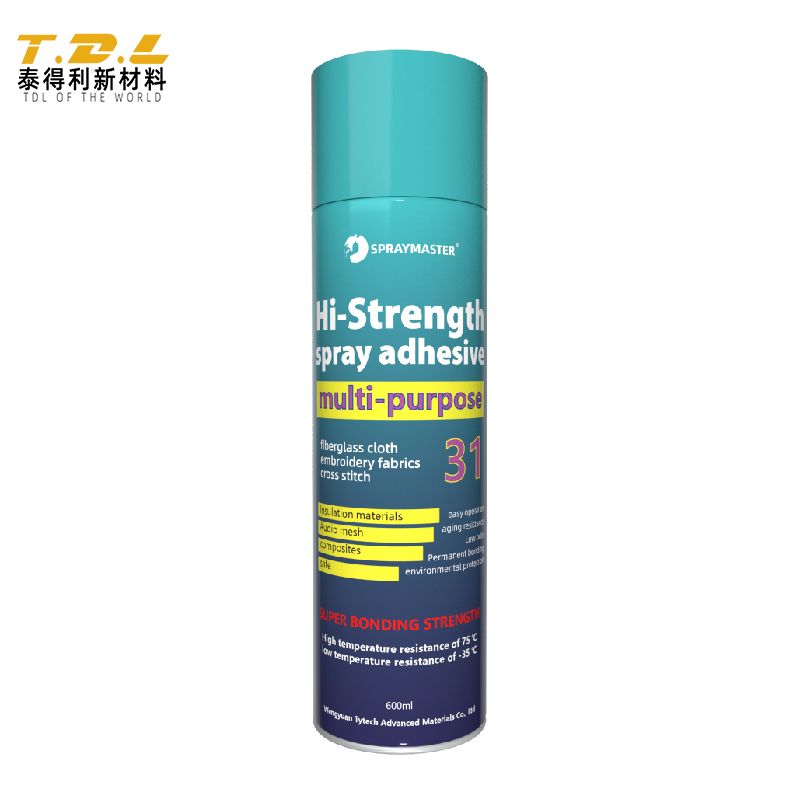
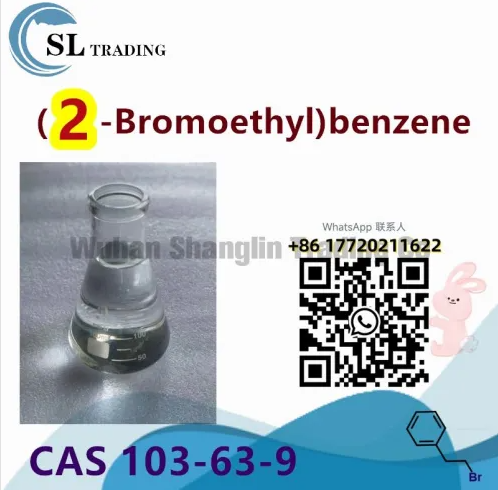
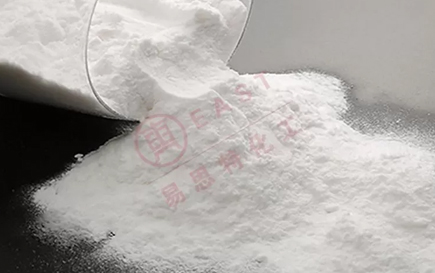
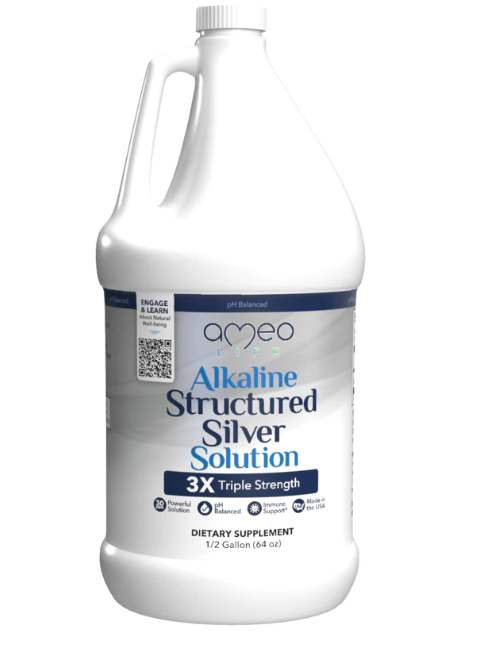
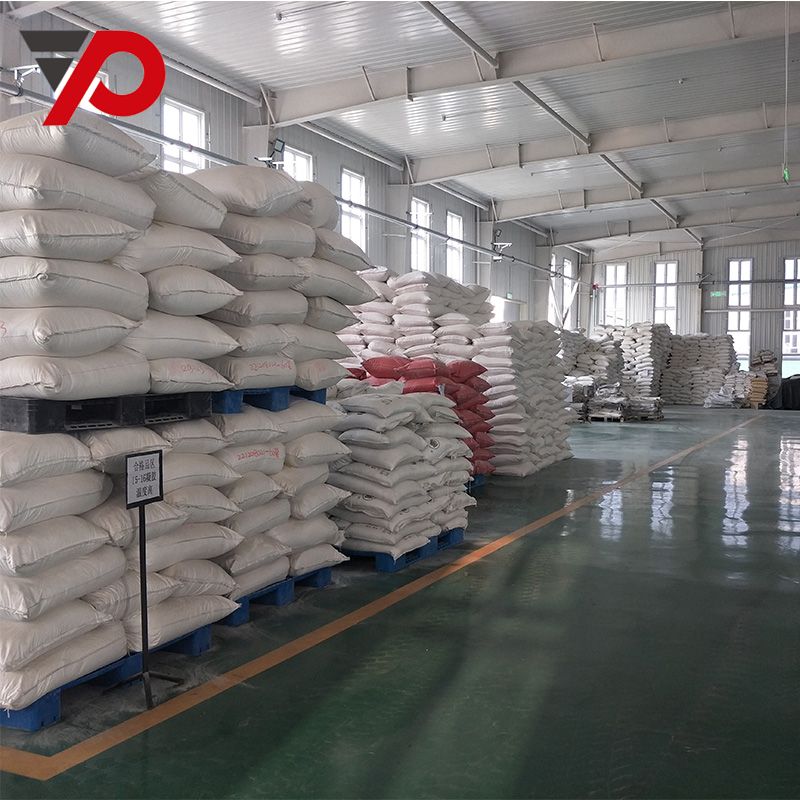
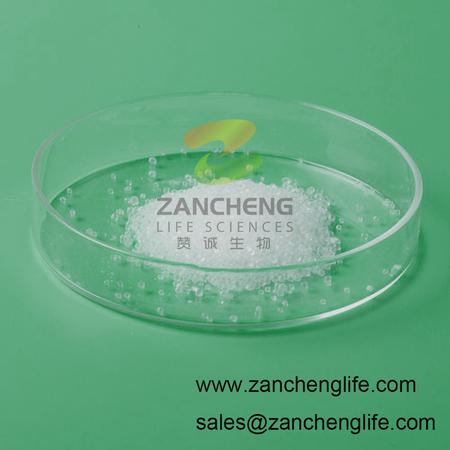
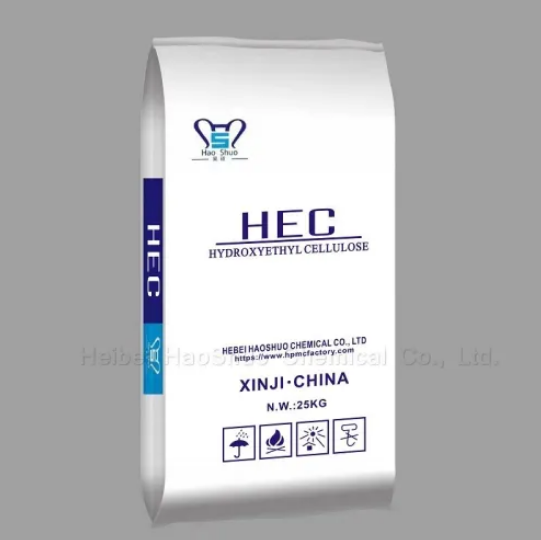
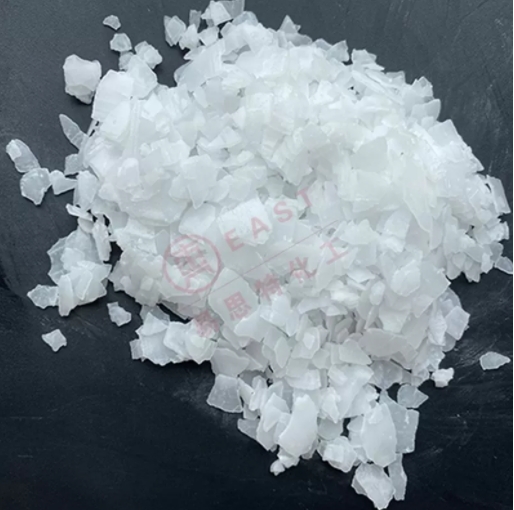
Comments
0